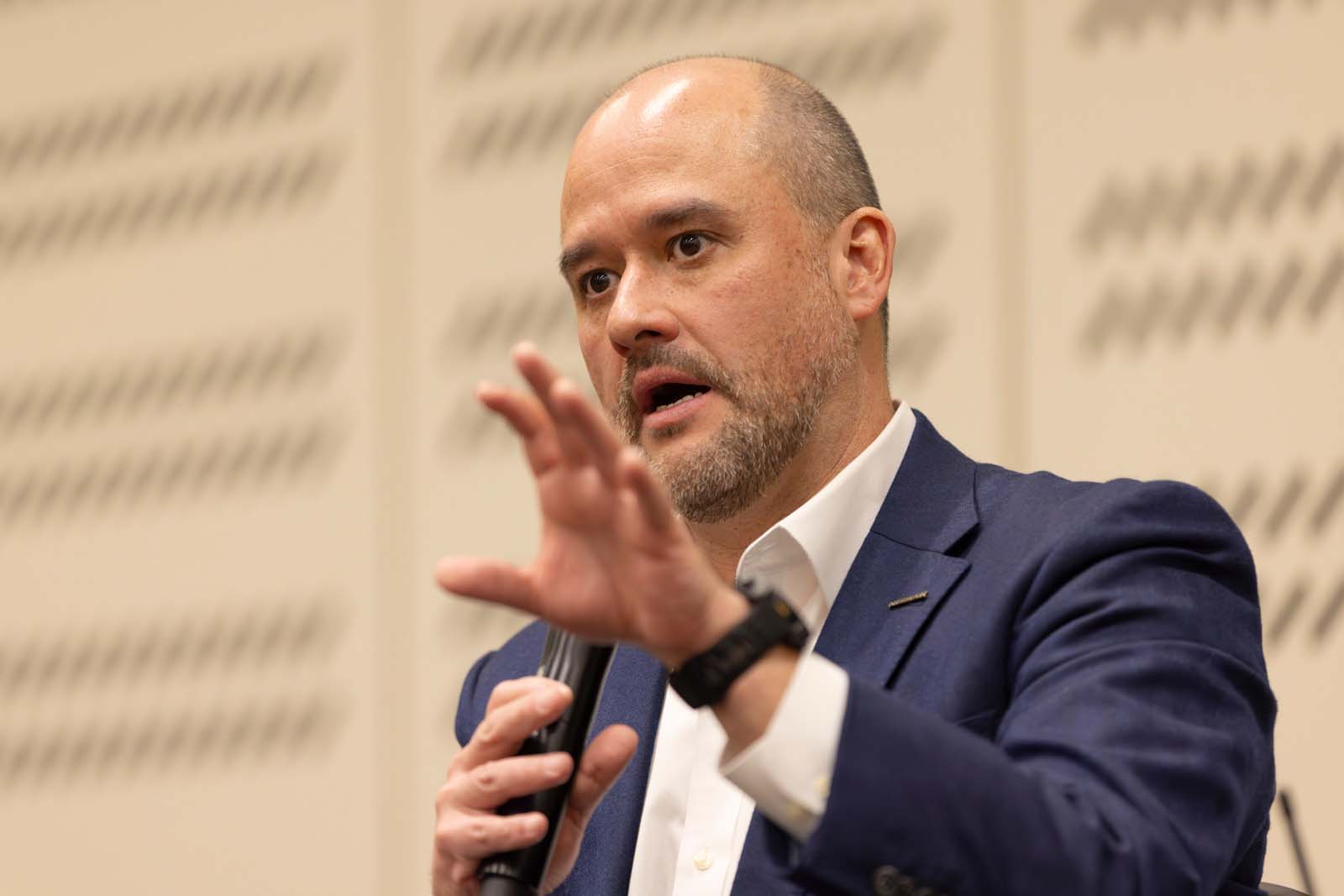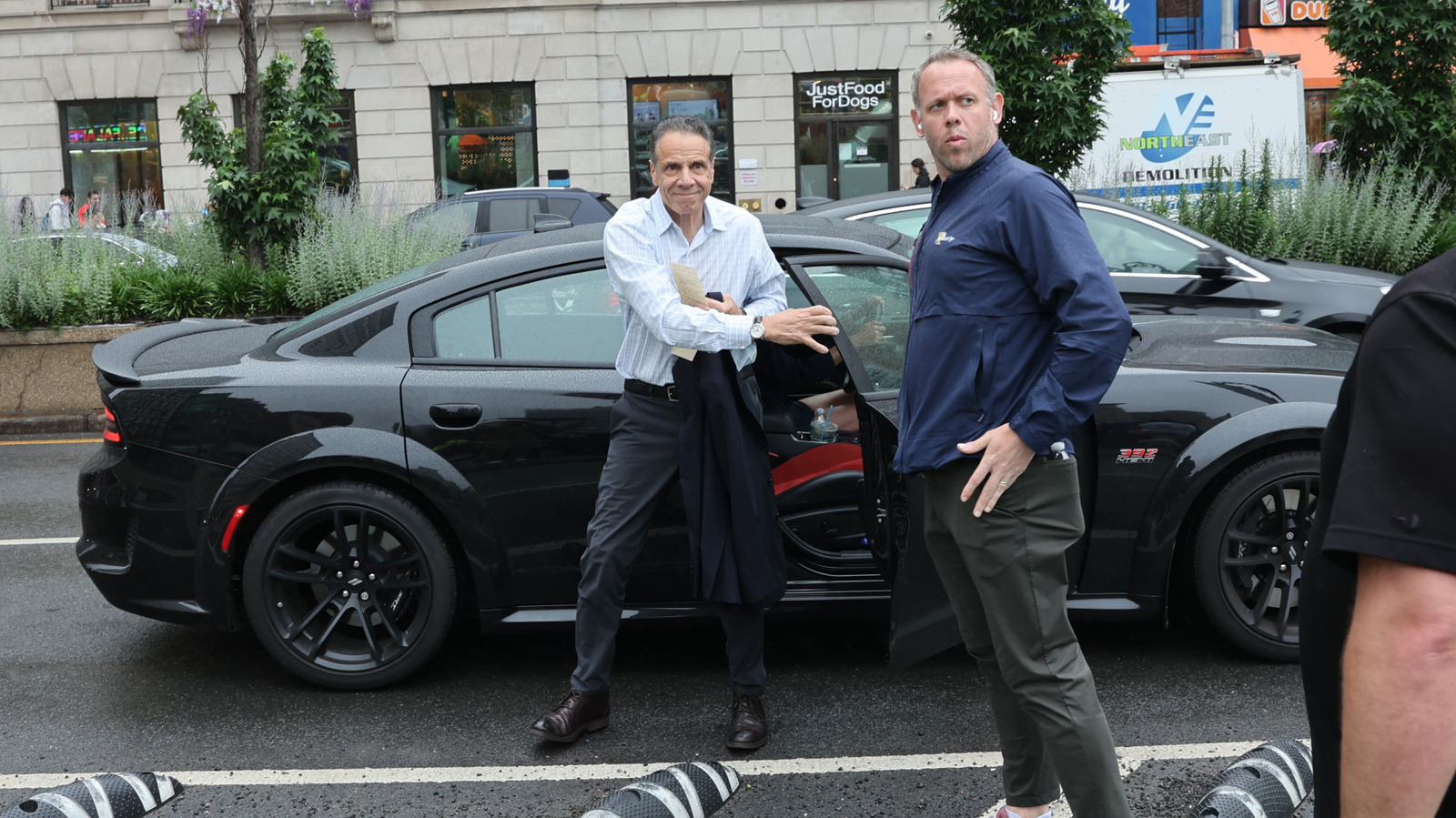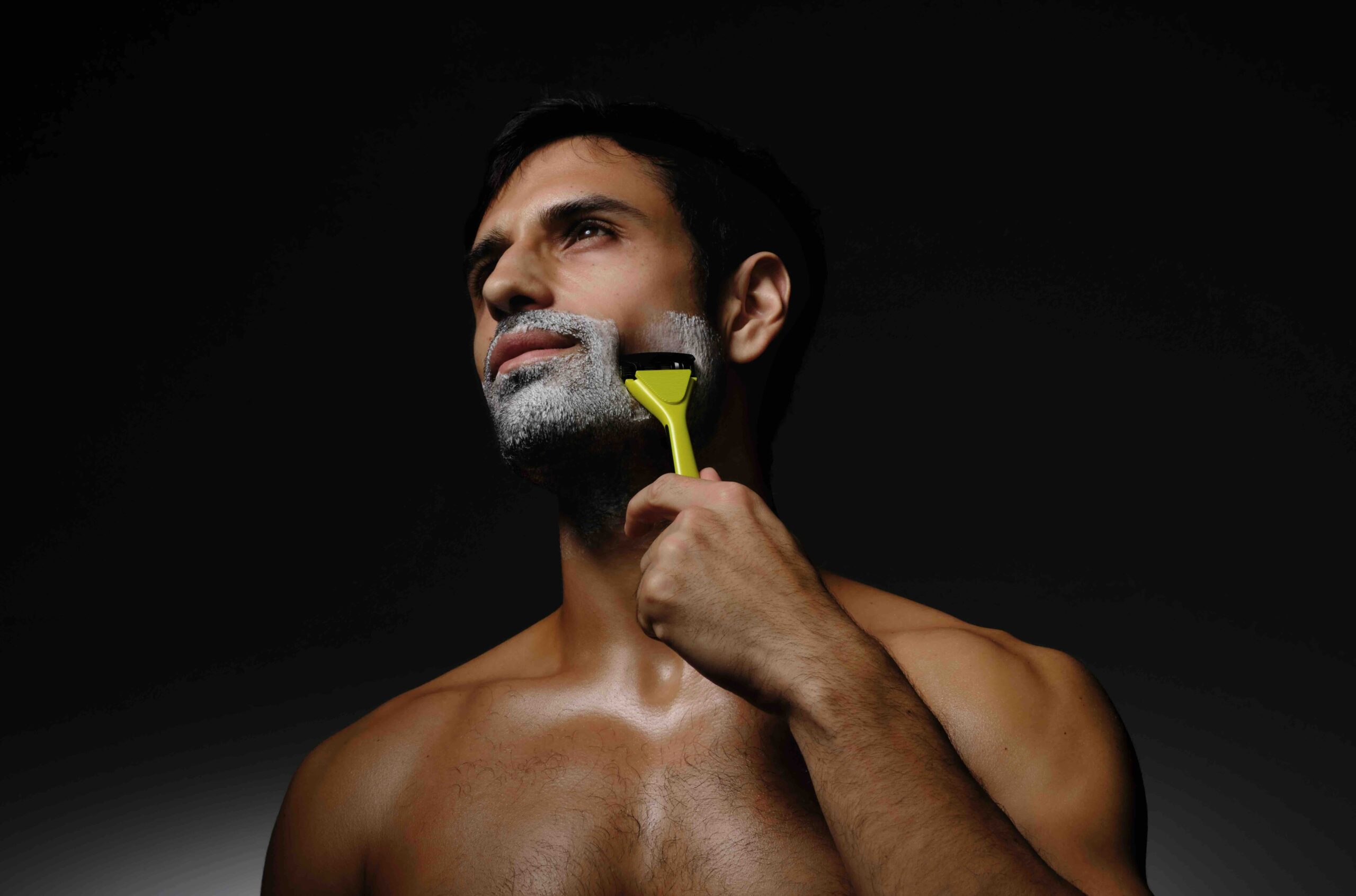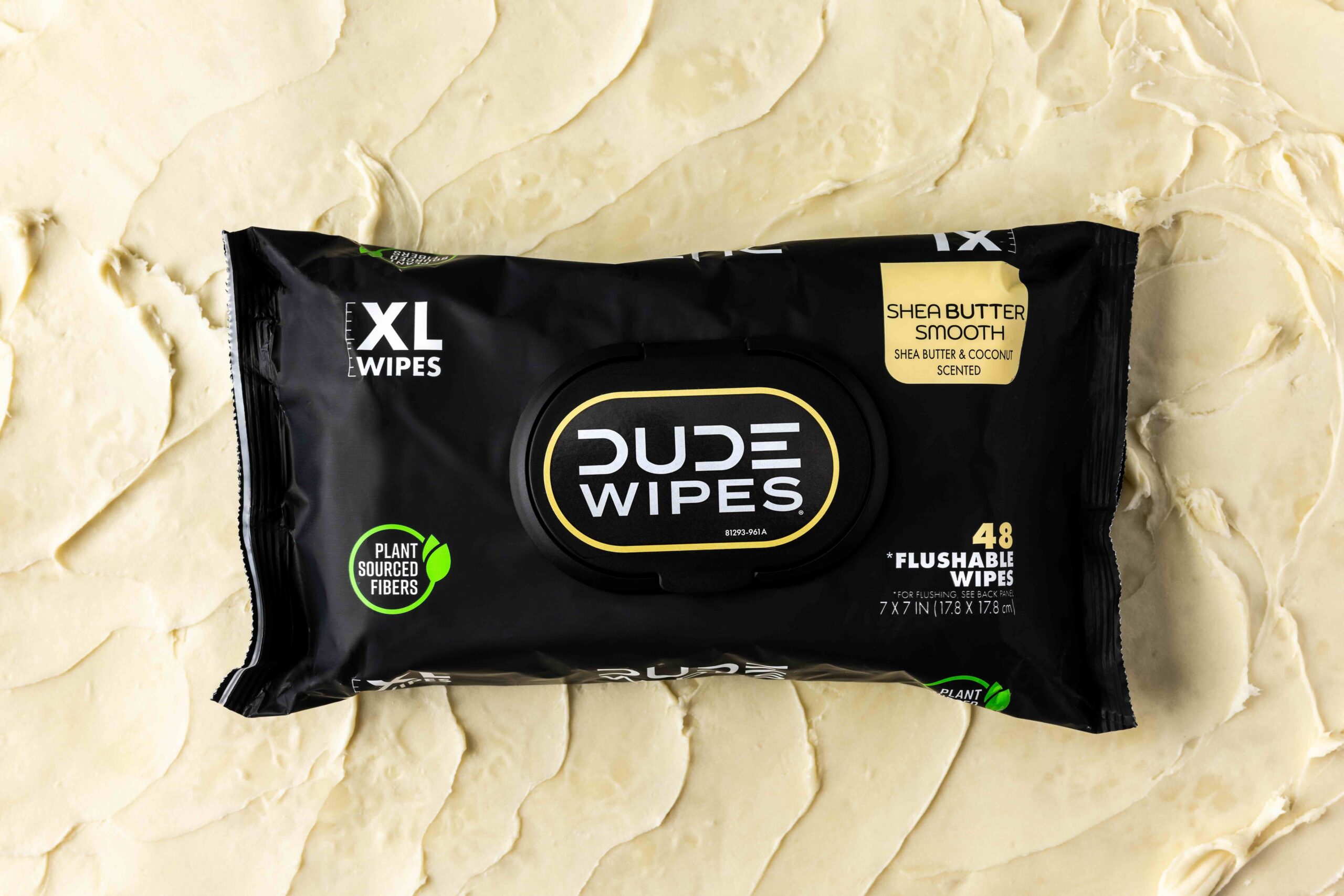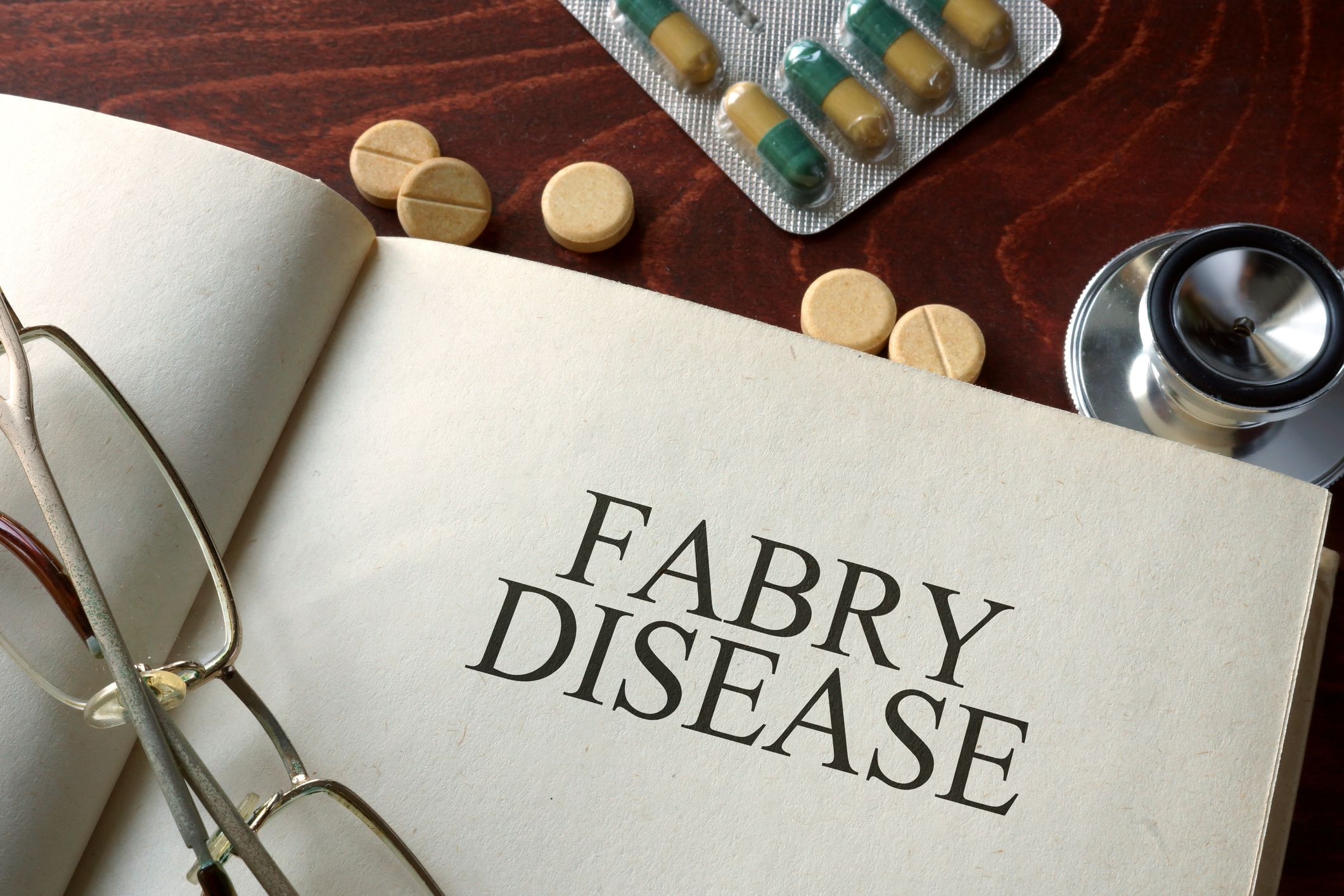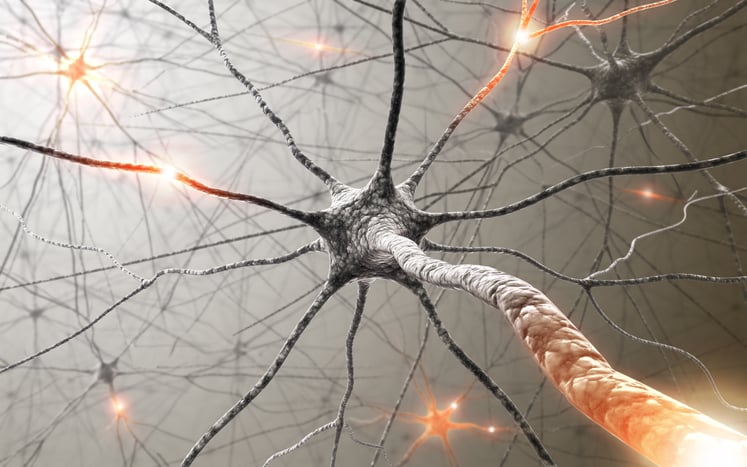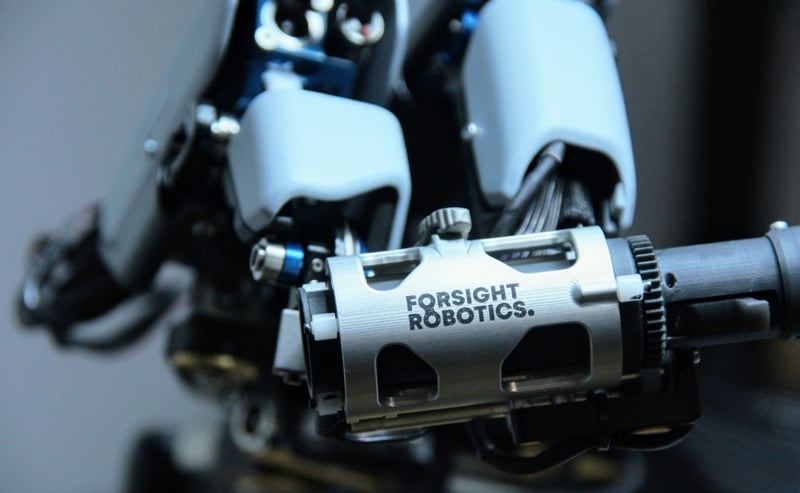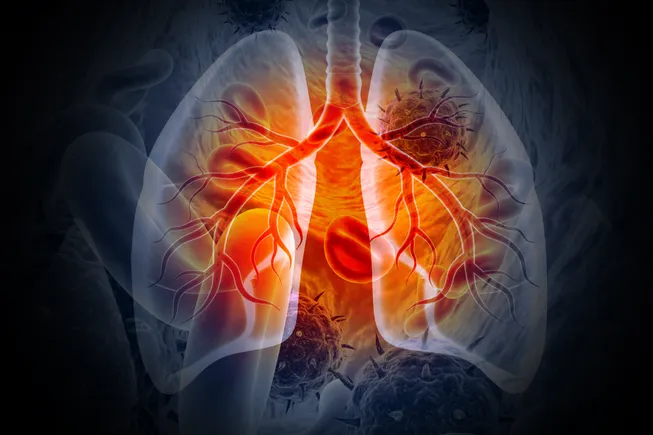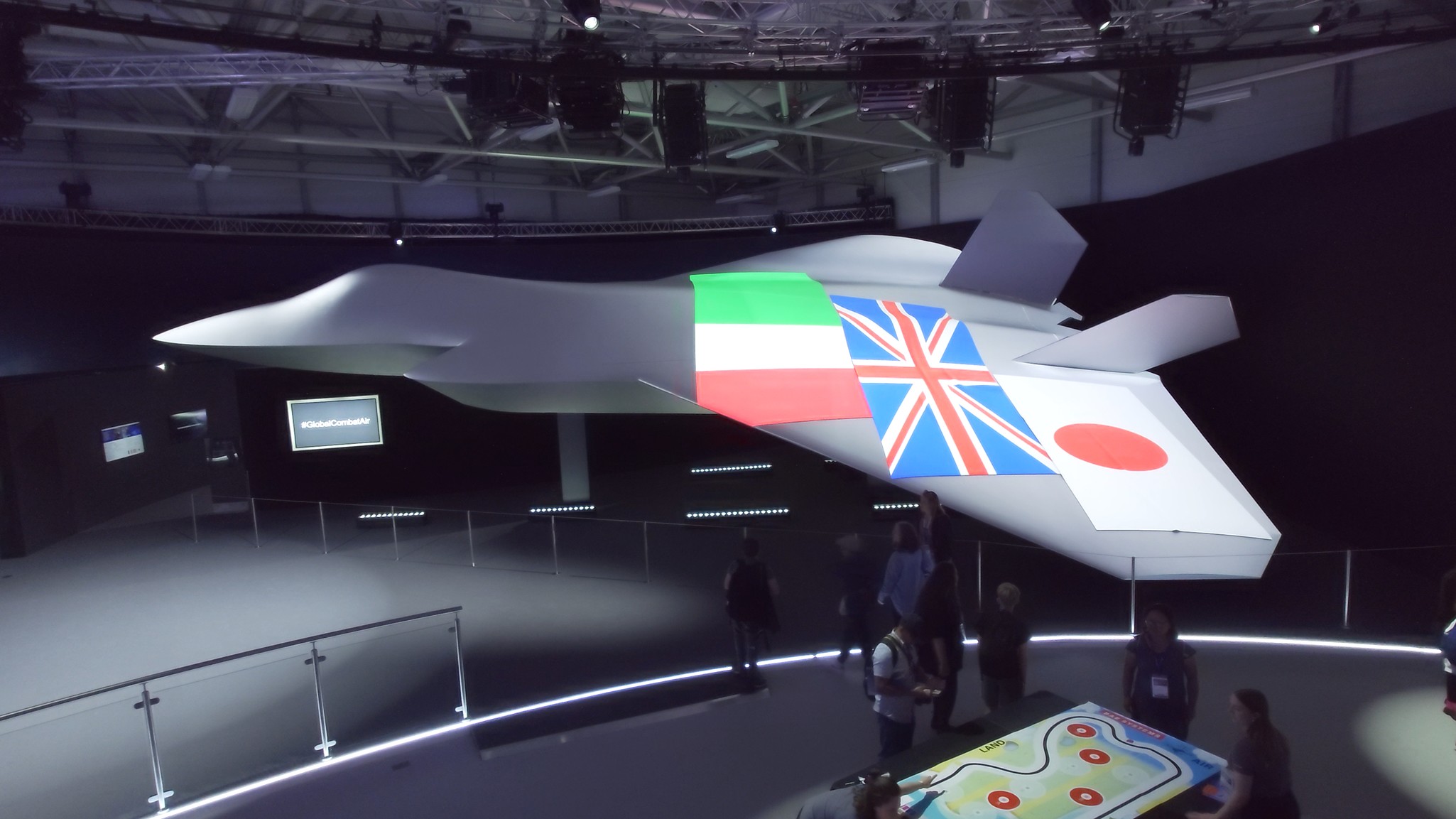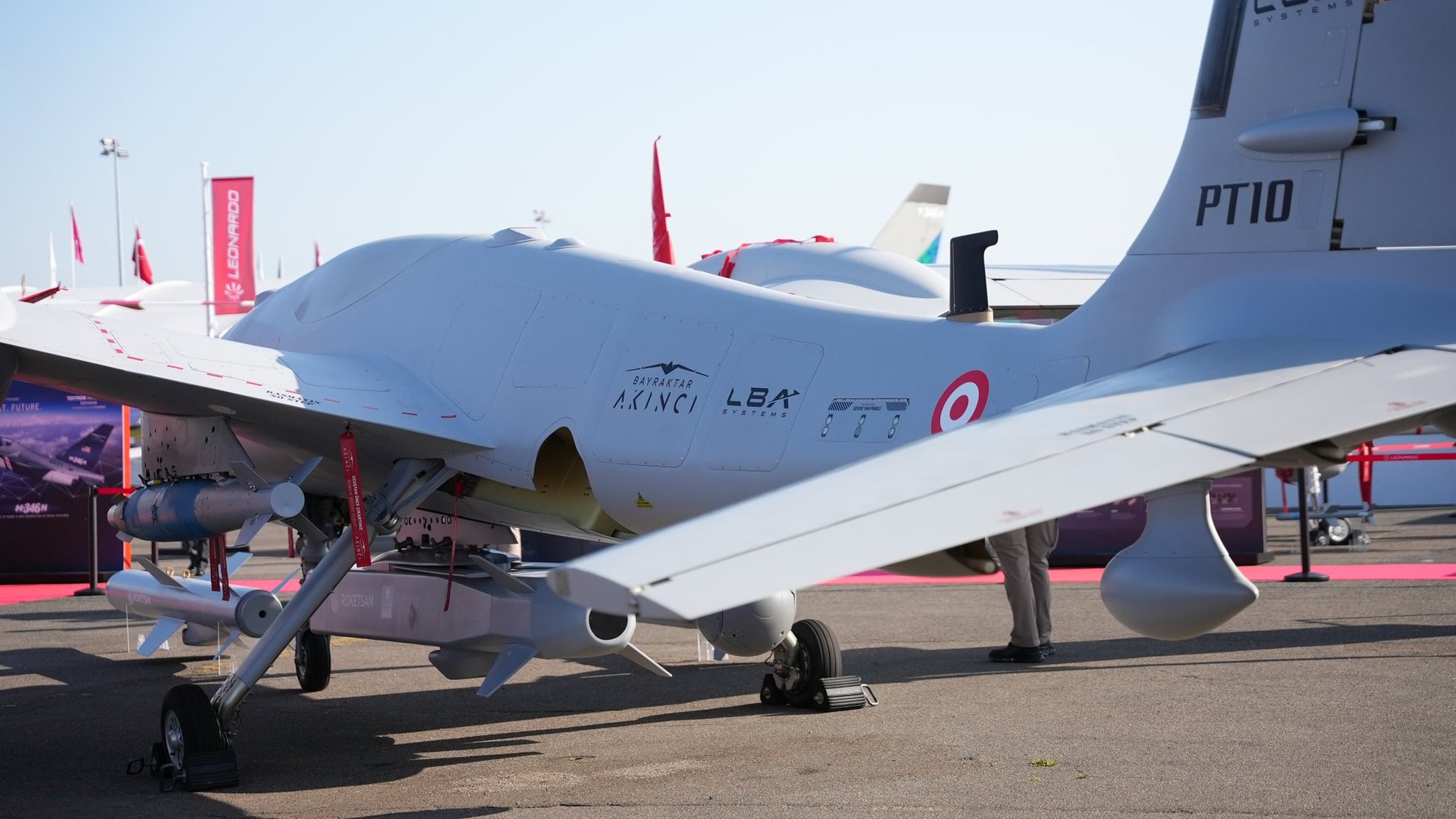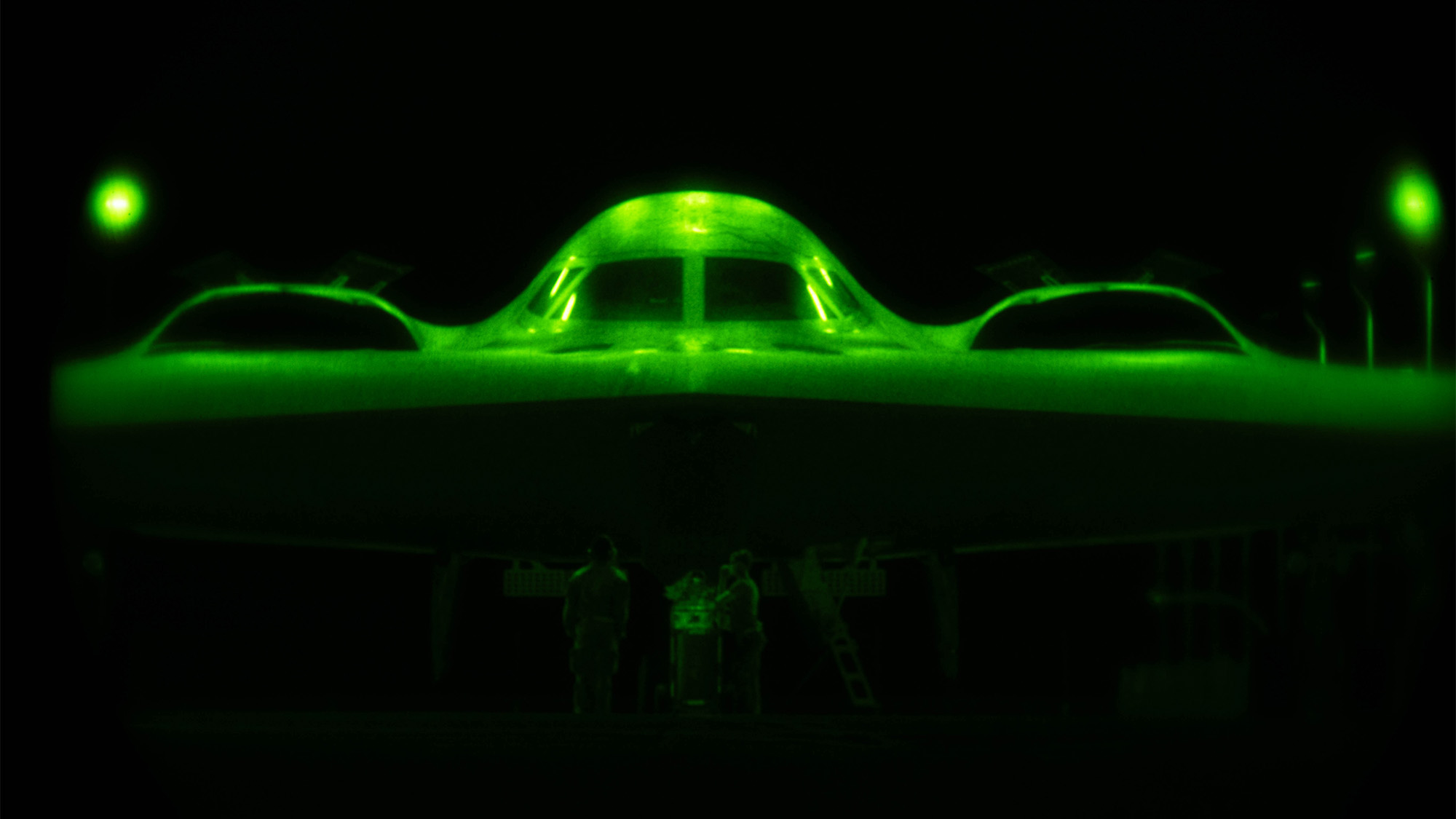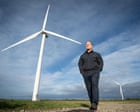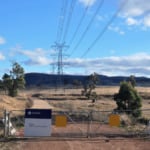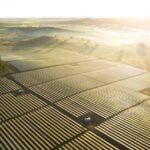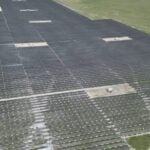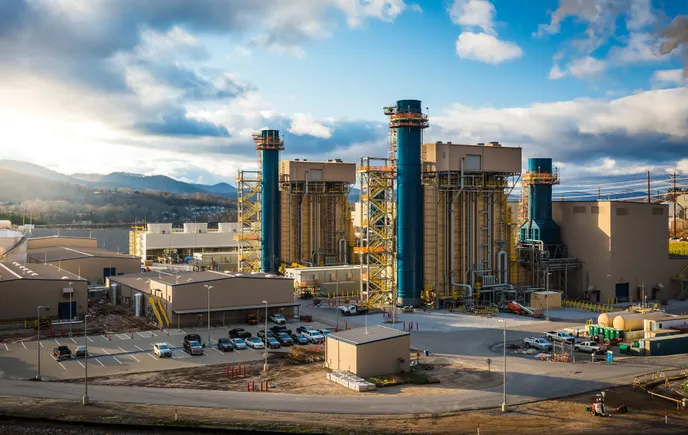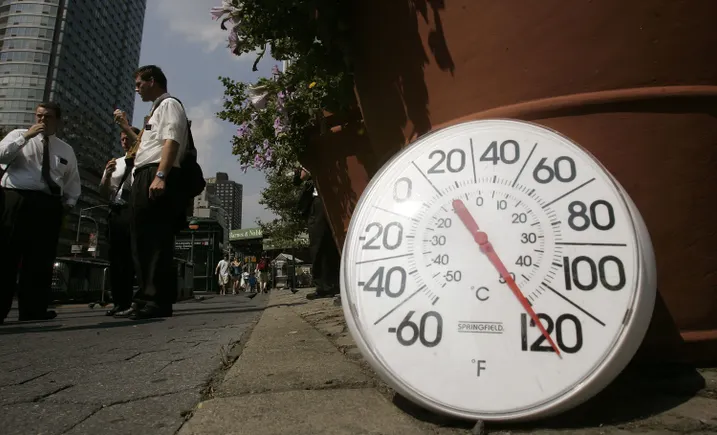Shear‐Induced Patterning of Decellularized Skeletal Muscle Extracellular Matrix for Enhanced Myogenesis
Advanced Healthcare Materials, EarlyView.

Novel fabrication and patterning of muscle-derived decellularized extracellular matrix (dECM) with tunable biophysical properties. Engineered dECM scaffolds enhance myogenesis in vitro, support remodeling, and facilitate muscle regeneration in a mouse model of volumetric muscle injury.
Abstract
Severe skeletal muscle injuries often result in permanent functional deficits, posing a major clinical challenge; biomaterials that support cellular activity and provide instructive microenvironmental cues offer a promising strategy to enhance regeneration. To address this challenge, a novel engineering strategy is introduced to fabricate and pattern decellularized extracellular matrix (dECM) scaffolds with tunable biophysical properties. By leveraging pH-driven fibrillogenesis, combined with shear-based extrusion, controlled fibril assembly within skeletal muscle dECM, with precise topographical patterning of scaffold nanoarchitecture is demonstrated. This dual-modulation produces patterned scaffolds with compositionally mimetic ECM that direct myogenic cell alignment, influence cell phenotype, and facilitate scaffold remodeling. In a preclinical mouse model of volumetric muscle loss, these engineered dECM scaffolds promote the formation of new myofibers and enhance muscle regeneration, largely through the facilitation of scaffold and tissue remodeling for better integration. This work highlights the versatility of ECM-derived materials tailored to mimic the native composition of skeletal muscle, while also imparting new biophysical features that optimize myogenesis. By supporting tissue remodeling and functional integration, fibrillar patterned dECM represents a robust platform for advancing musculoskeletal regenerative therapies following traumatic injuries.












